Receipt letter template
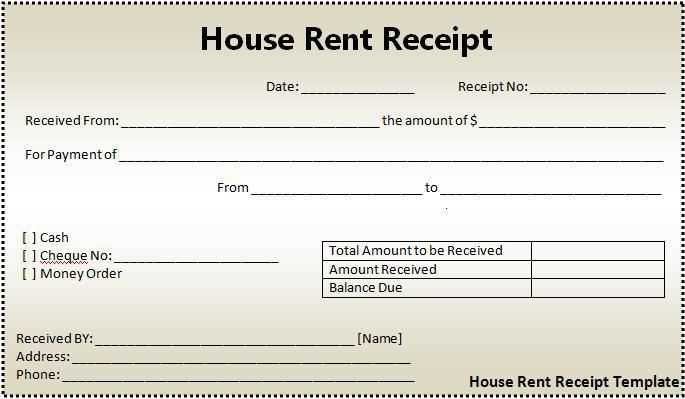
Basic Structure of a Receipt Letter
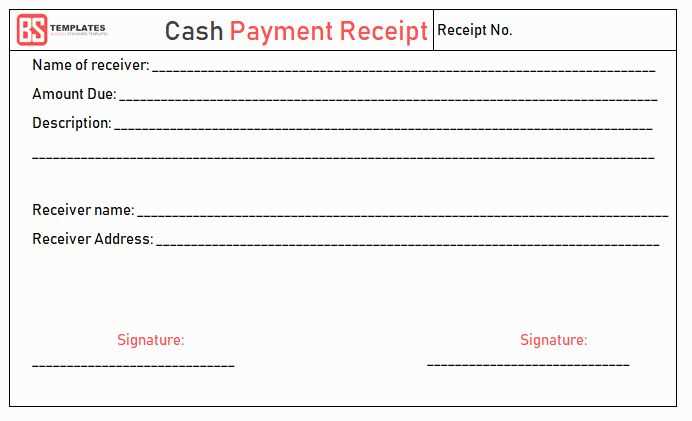
A receipt letter acknowledges the receipt of payment, goods, or services. It should contain clear and specific information about what has been received, the amount (if applicable), and the date of receipt. Here’s a simple format:
- Sender Information: Include your name, address, and contact details.
- Recipient Information: Name and contact details of the person or entity receiving the receipt.
- Details of the Transaction: Specify the items, services, or payments received, including quantities and amounts where relevant.
- Date: The date on which the receipt is issued.
- Signature: Your signature or authorization to validate the receipt.
Receipt Letter Template
This is a straightforward template to use for any situation where you need to confirm receipt of something:
[Sender's Name] [Sender's Address] [Sender's Contact Information] [Date] [Recipient's Name] [Recipient's Address] [Recipient's Contact Information] Dear [Recipient's Name], I hereby acknowledge receipt of the following: 1. [Item/Service received] 2. [Details, e.g., quantity, description] 3. [Amount, if applicable] 4. [Payment or transaction method] The transaction was completed on [Date of transaction]. Please feel free to contact me if any further information is required. Sincerely, [Sender's Name or Signature]
Tips for Crafting a Clear Receipt Letter
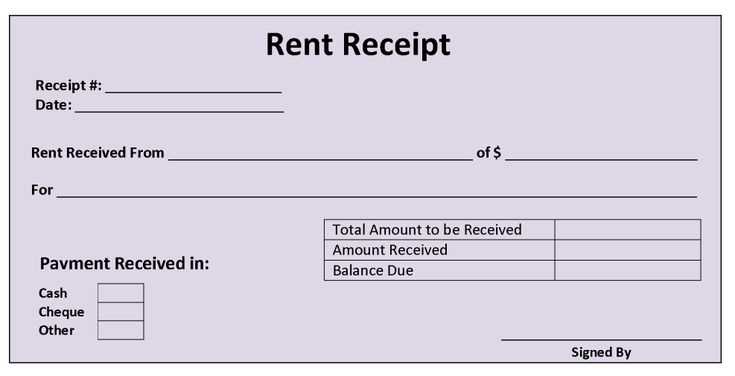
- Be specific: Always include clear and unambiguous details about what was received and in what condition.
- Keep it formal: While the tone should remain polite and professional, make sure the letter avoids unnecessary jargon.
- Double-check details: Ensure that all amounts, dates, and items listed are accurate to avoid confusion later on.
Receipt Letter Template
To create a clear and professional receipt letter, begin with a direct statement acknowledging the transaction. Include key details like the date of the transaction, names of both parties involved, and the total amount exchanged.
Basic Structure of a Receipt Letter
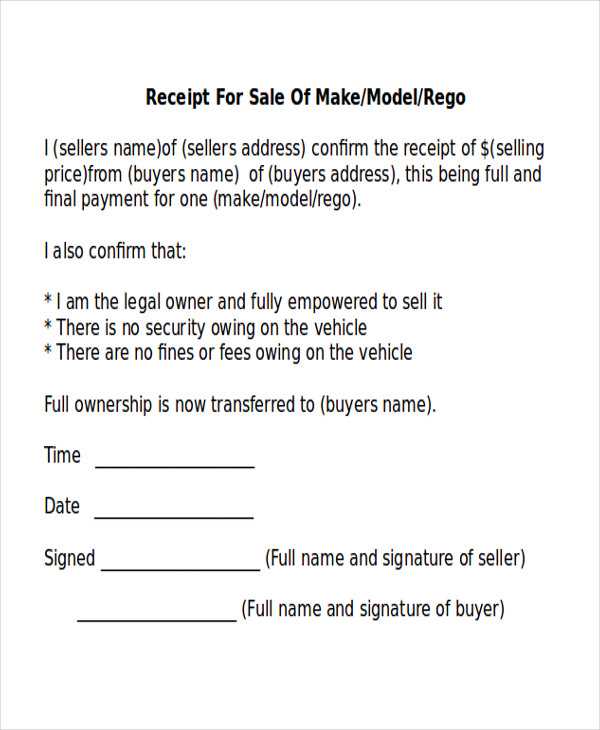
The basic structure of a receipt letter should include the following elements:
- The date of receipt
- The name of the payer and the payee
- A description of the item or service provided
- The amount paid
- A confirmation of payment
- Signature or electronic validation (if applicable)
How to Personalize a Receipt
Personalizing a receipt enhances its professionalism. Include the recipient’s full name or business name, a personalized thank you message, and additional references that are specific to the transaction, such as an order number or project name. This makes the letter more than just a formality and adds a personal touch.
Choosing the Right Tone for the Letter
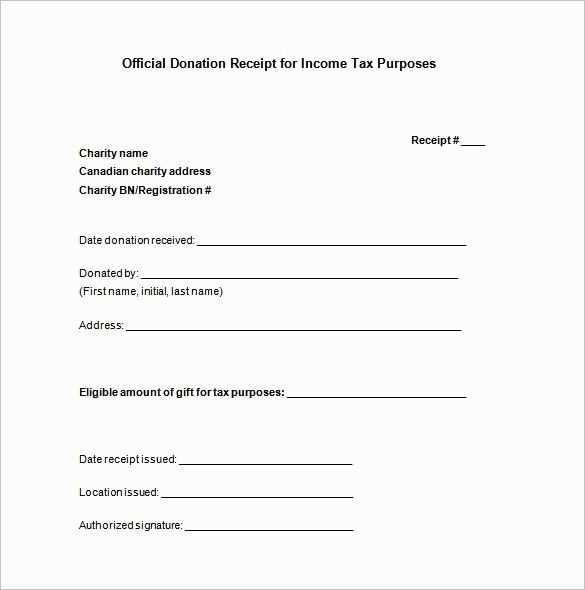
The tone should match the nature of the transaction. For business transactions, maintain a formal tone, while for personal exchanges, a friendly yet professional tone works best. Adjust the level of formality based on your relationship with the recipient.
Key Legal Considerations for Receipts
Ensure the receipt includes all legally required information, such as the total amount, the payment method, and any taxes or fees applied. Keep records for both parties in case of disputes or audits. Digital receipts should be kept in a secure format for compliance.
Digital vs. Physical Receipt Formats
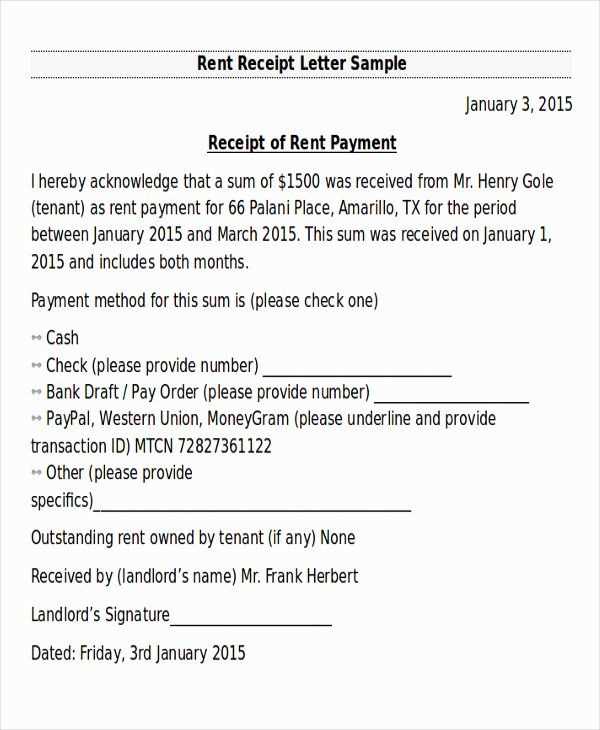
Digital receipts are increasingly preferred due to their convenience and environmental benefits. Ensure the digital format is easily accessible and readable. Physical receipts remain relevant in certain industries or for customers who prefer tangible proof. Regardless of the format, clarity and legibility are paramount.
Common Mistakes to Avoid in Receipt Writing
Avoid vague language, missing details, or incorrect amounts. Failing to include transaction-specific details, such as the payment method or tax information, can lead to confusion. Double-check the spelling of names and amounts before finalizing the document.